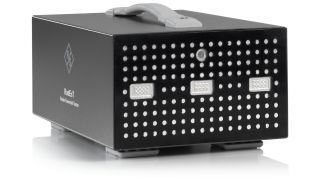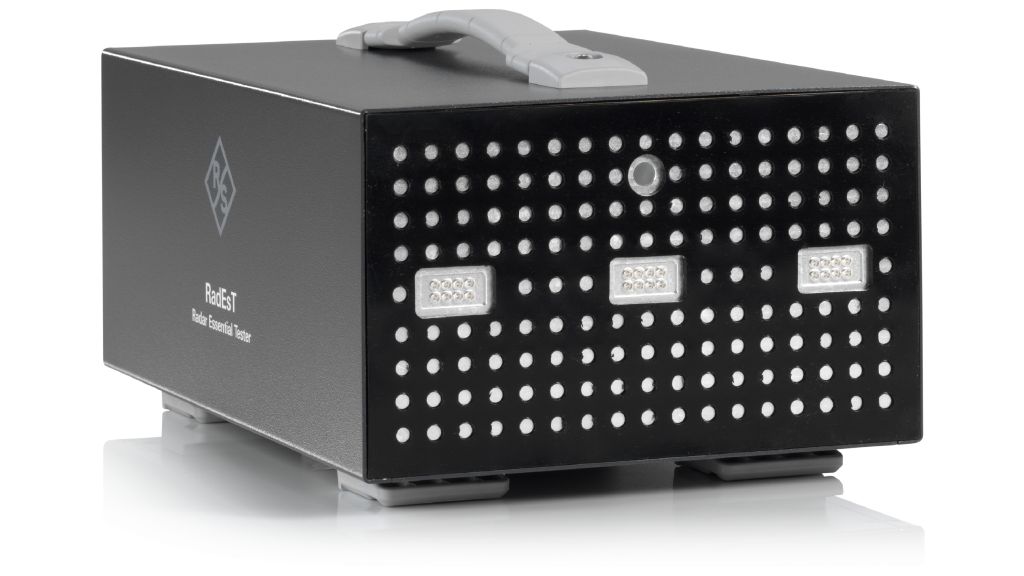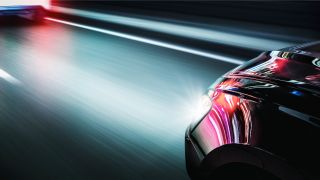Your task
Advanced driver assistance systems (ADAS) and autonomous driving (AD) functions require extensive real-world testing to ensure safety, robustness and regulatory compliance. As sensor fusion and algorithmic complexity grows, so does the need for controlled, reproducible and costeffective validation environments.
Vehicle in the loop (VIL) systems have become a powerful solution by combining real sensors and actuators with virtual driving scenarios. However, traditional VIL setups often depend on proprietary simulation platforms and complex hardware in the loop (HIL) configurations. These systems are typically expensive, difficult to configure and hard to transfer between different roller test benches – particularly when integrating with existing chassis dynamometers or end-of-line (EOL) systems.
A key challenge in this context is radar sensor validation. Electronically generating realistic, synchronized radar echoes that accurately represent moving vehicles and their surroundings is essential. Without these echoes, meaningful testing of detection, tracking and decision-making algorithms is nearly impossible.








